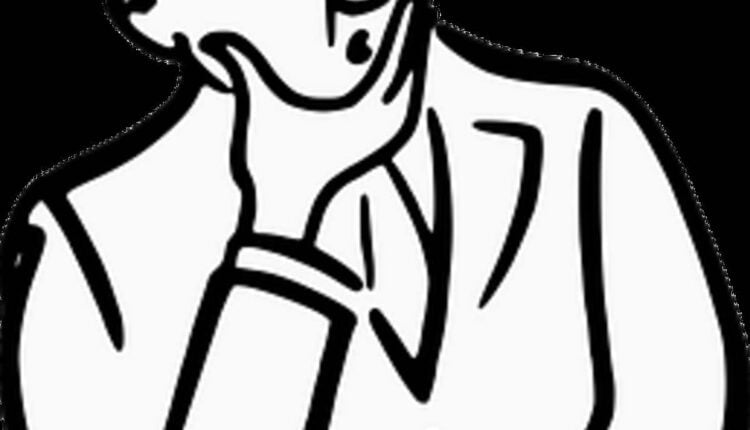Critical thinking is the process of forming judgments. The process is very complex, and it involves evaluating evidence rationally. It is a skill that can be developed with practice. The following article outlines some of the steps of critical thinking. It also includes some examples of critical thinking. It is an important skill to learn. Using it can help you make better decisions. However, critical thinking is not always easy. It requires a lot of practice.
Dispositions to critical thinking
Dispositions to critical thinking depend on inclination, sensitivity, and ability. A person with higher scores on these components has a strong disposition toward critical thinking. Those with lower scores have a weak disposition. The good news is that there are ways to improve your critical thinking. Here are a few tips: first, know what tools you already have. Then, practice using them.
One way to increase your critical thinking skills is using a problem-based learning approach. This approach can help you build the dispositions to critical thinking while developing self-confidence and cognitive maturity. For example, by introducing problem-based learning techniques in your nursing program, you’ll foster the disposition to critical thinking while developing other skills, such as problem-solving.
Another important critical thinking disposition is the disposition to think for oneself. This is often considered reasonable in today’s culture but is not always a disposition to critical thinking. But when it comes to thinking for yourself, you need to consider all relevant information and go beyond your existing reasons.
Steps in the critical thinking process
Critical thinking is a process that helps you make sense of problems and make informed decisions. It starts by identifying the issue or question you are trying to solve. Next, you must gather as much information as possible about the issue. You will need to evaluate information to see if there are any biases and consider the sources. Then, you’ll need to identify relevant arguments and flag the most important ones. After that, you’ll need to conclude.
A critical thinker is an individual who questions all available information and draws conclusions based on the data they have gathered. There are rarely easy answers to hard questions, but critical thinkers put their biases aside and analyze information and data to make sound decisions based on the available evidence.
Critical thinking is a disciplined way of thinking. A critical thinker strives to reason at the highest possible level. He or she seeks to reduce the power of egocentric and sociocentric tendencies. Critical thinkers use intellectual tools to enhance their thinking quality and cultivate intellectual virtues that will help them solve problems in their careers or personal life.
Sources of information for critical thinking
Critical thinking can help you analyze information and find the most relevant facts. However, it can be challenging to know which sources are reliable. To do so, you need to develop your critical thinking skills and know how to evaluate information properly. Here are some useful tips: 1) Consider the purpose of your research; 2) Determine the relevance and authority of the information; and 3) Use the CRAAP test. This test helps you determine whether the information is credible.
Critical thinking requires you to examine statements and data with a critical eye, using consistent standards and recognizing biases. It also involves viewing phenomena from different points of view. This requires understanding how other people think and interpret what they see. Critical thinking involves many procedures, including asking questions, identifying assumptions, and determining logical reasons for beliefs.
The next step in critical thinking is to evaluate the credibility of sources. Personal experience can be a useful source of information, but it is not reliable. Personal experience can be biased because it is not a population sample.
Examples of critical thinking
Critical thinking training will teach your employees to carefully evaluate and weigh the evidence. This will help them understand a problem and formulate a solution. These employees will produce better work and are more effective in their jobs. They will be able to analyze data and information and consider its logical flaws, validity, and reliability. They will also be able to reach objective conclusions.
There are many examples of critical thinking. Some are subject-specific, while others are general. Some examples include jumping to conclusions, suspending judgment despite the evidence, and using algorithms. The ability to distinguish between fact and opinion is critical to critical thinking. If you are unsure of whether you’re practicing critical thinking or not, here are a few examples of the two types of thinking:
One of the primary goals of critical thinking is to analyze the strengths and weaknesses of a situation. This helps people avoid over-bias and identifies potential problems. For example, a boxer may analyze his opponent’s weaknesses before every fight to determine strategies. This way, he can prepare a strong defensive strategy for the first three rounds and go on offense in the fourth.

